- Aztec Emperor Montezuma II: His rise to the throne and the rise of the Aztec Empire
- Hernán Cortés and Montezuma II: An Encounter that Changed History
- Montezuma II's Impact on the Conquest of Mexico
- The Controversial Death of Aztec Emperor Montezuma II: Execution or Rebellion?
- The kidnapped Aztec king and his historical legacy
The Aztec emperor Montezuma II is one of the most fascinating figures in Mesoamerican history. Indeed, remembered for his reign and the fall of the Aztecs, his story is a labyrinth of intrigue, crucial decisions and dramatic events.
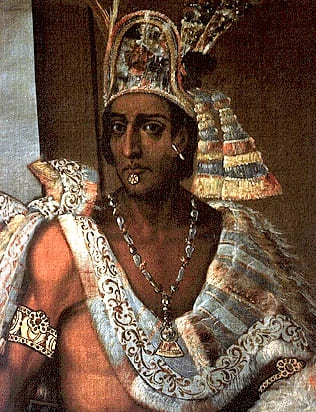
Aztec Emperor Montezuma II: His rise to the throne and the rise of the Aztec Empire
Montezuma II, born in 1466, inherited a complex web of power and tradition. On the one hand, he came from a family of distinguished emperors, including his father Axayácatl and his uncle Ahuitzotl. On the other hand, his solid reputation, forged in war and religion, brought him to the throne in 1502.
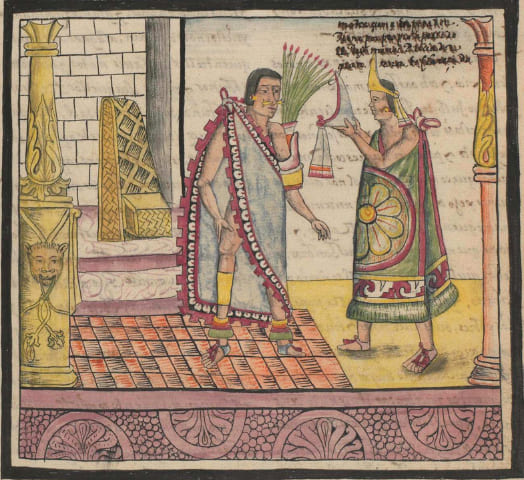
Leader, Reformer and Semi-divinity
During his reign, the Aztec Empire reached its greatest extent, stretching from the southern United States to Central America. Montezuma II consolidated his power with reforms, but also created tensions by raising taxes and adopting an elitist attitude. His leadership, rooted in religion, made him a semi-divine figure.
Hernán Cortés and Montezuma II: An Encounter that Changed History
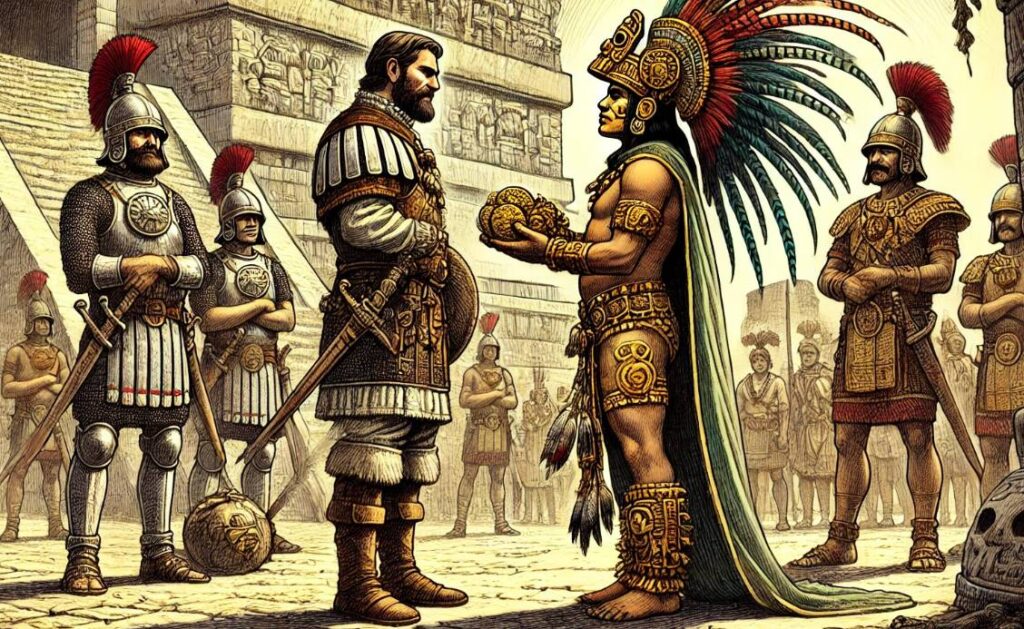
However, in 1519, the arrival of Cortés presented Montezuma with an unprecedented dilemma. Upon learning of his arrival, the emperor attempted to interpret events through prophecy and religious beliefs. According to some accounts, mistaking Cortés for Quetzalcóatl, Moctezuma received him peacefully.
Why Aztec Emperor Montezuma II Did Not Halt the Spanish Invasion
But why did Montezuma not use his vast army to stop the Spanish? The answer may lie in his initial strategy of avoiding direct conflict while he assessed the newcomers. This caution, however, was interpreted by the Spaniards as weakness, which facilitated his advance towards Tenochtitlán.
Check out this article: Timeline history of the Aztecs
How the Spanish were able to capture Montezuma II
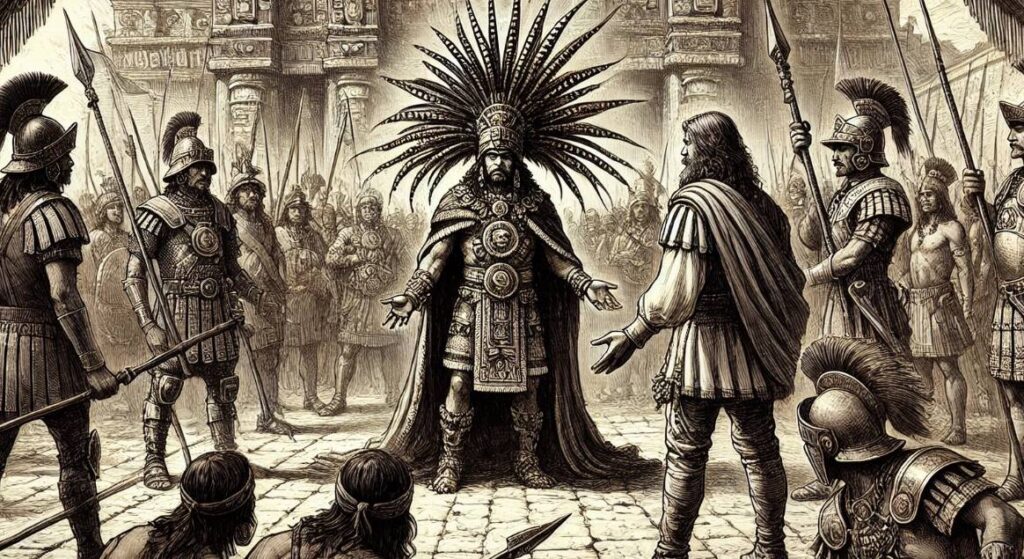
The capture of Montezuma II was a combination of cunning, diplomacy, and brutality. Once they reached Tenochtitlán, Cortés captured Montezuma and took control of the empire. Montezuma, imprisoned in his palace, mediated between the Spaniards and his people.
Where were Montezuma’s guards?
Montezuma’s abduction raises interesting questions about the security of his court. For example, the Spanish manoeuvre took the guards by surprise, and they were unable to react. Furthermore, Cortés weakened Tenochtitlán with intimidation tactics and alliances.
Montezuma II’s Impact on the Conquest of Mexico
In this context, Montezuma’s role during the conquest was crucial, if tragic. Unfortunately, as he was used by the Spaniards as a puppet, his authority was quickly eroded. On top of this, the Aztec subjugated peoples allied themselves with the Spaniards.
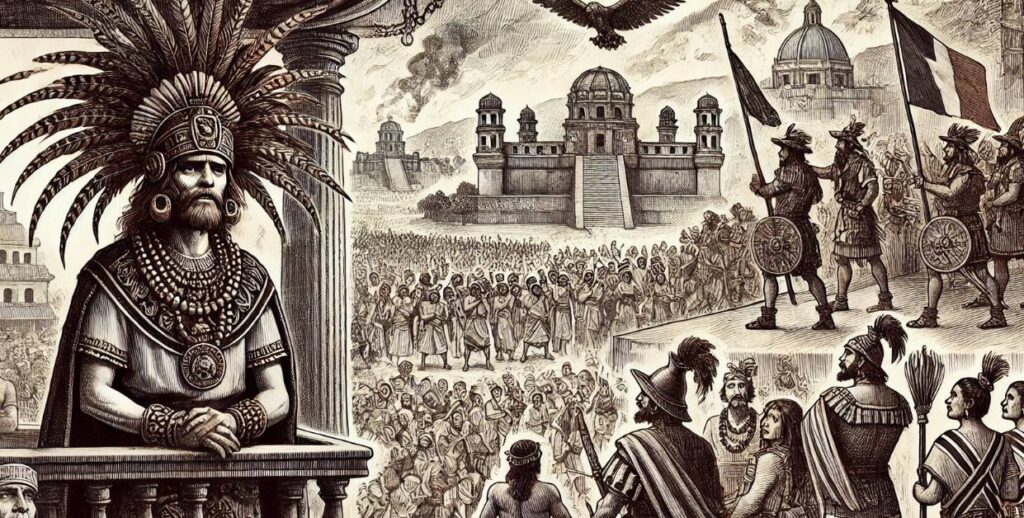
In the meantime, Montezuma tried to appease his people, but his image as a divine leader was deeply affected. The loss of his authority symbolised the collapse of a civilisation that had dominated Mesoamerica for centuries.
The Controversial Death of Aztec Emperor Montezuma II: Execution or Rebellion?
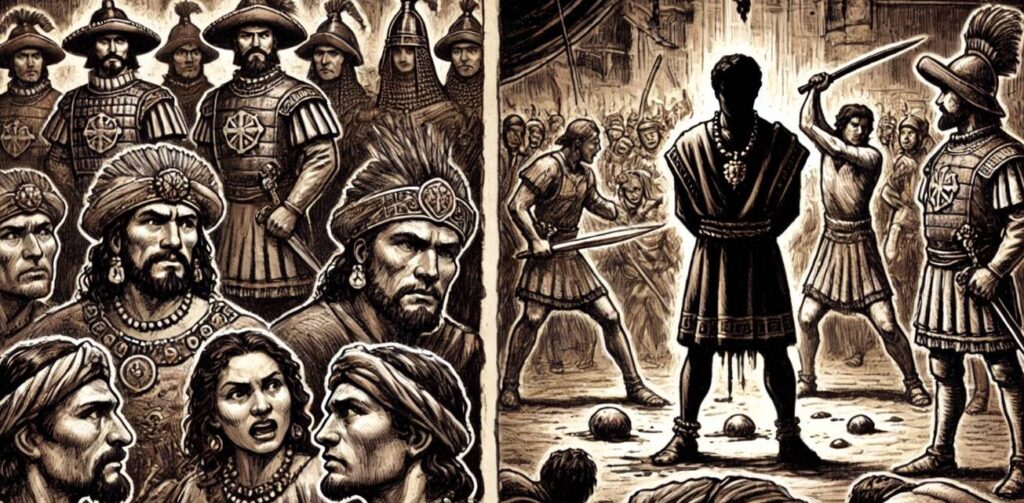
Montezuma’s death in June 1520 remains a subject of debate among historians. There are two main versions of how he died:
- On the one hand, some believe that Cortés ordered his execution when he considered that he was no longer useful as a hostage.
- On the other hand, others claim that the angry crowd stoned Montezuma because they considered him a traitor.
Be that as it may, his death marked the end of his reign and hastened the fall of the Aztec Empire.
The kidnapped Aztec king and his historical legacy
Montezuma II’s reign coincided with great challenges for the empire. In conclusion, his life and death symbolise the clash of two worlds and the profound transformations that arose from this encounter.
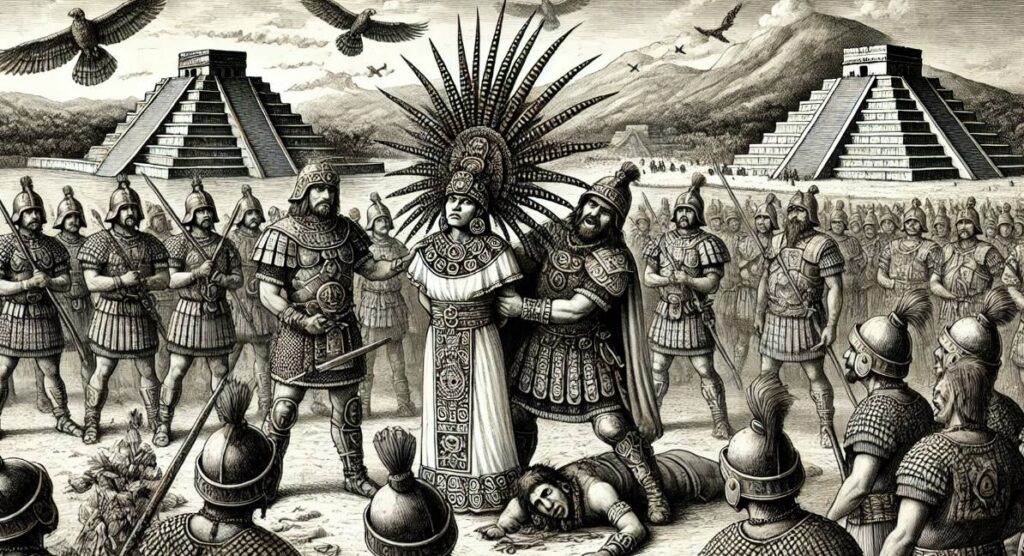
Nevertheless, the legacy of Montezuma II lives on, despite the various interpretations of his figure. You can reduce the passive voice in the sentence as follows: Monuments, literature, and folklore keep his impact alive.



